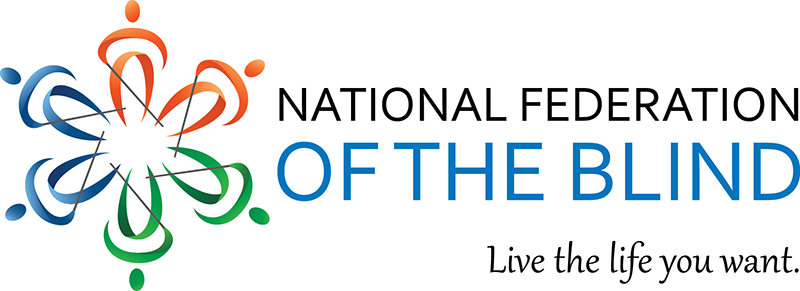Road Testing Capabilities at the NFB Convention
Opening Toward Constructive Face to Face Engagement
Oversimplified discussions about overlays has been an unfortunate tendency in recent years. Painting them as a one-size-fits-all solution that doesn’t acknowledge disparate individual accessibility needs has tended to subvert constructive discussion impeding progress to real benefits for real users.
The just concluded NFB convention in Houston gave us the opportunity to challenge this narrative with facts and nuanced descriptions of user requirements in direct, face to face communication with one critical community of web users who’ve been justifiably frustrated by far too much negative experience of overlays over these same recent years.

Lionel Wolberger from our Community Group brought braille copies of our complete current Capabilities draft, along with a brailled executive summary, to the NFB. At a booth in the exhibit area and in two scheduled listening sessions he unveiled our early draft of Capabilities to a select group of blind leaders and technology professionals, along with a convention hall of ordinary users who, up to this point, were admittedly skeptical of the concept of overlays proved to be a highlight of the convention week.
We were able to introduce attendees to the intricate nuances of overlays, and particularly how our Community Group focuses on enhancing “accessibility at the edge” in support of multiple accessibility scenarios and not just screen reader users. We had the opportunity to share our vision of providing
solutions as close to the user as possible, maximizing customization opportunities, and minimizing friction for the individual user. We were able to demonstrate our goal of W3C-level precision regarding what functions exactly we are talking about and how these can be harnessed to provide ever more accessible user support regardless the device a user is using at any moment.
We extend our gratitude to the NFB and all the convention participants for their respectful engagement and valuable feedback. We were able to agree that open dialogue, constructive criticism, and collaborative problem-solving, can indeed allow us to work together towards a digital landscape that truly includes everyone so completely that no user will really care how it’s accomplished.
We are also grateful for the W3C Community Group process for providing a safe setting for developing this work. For more updates on Accessibility at the Edge, the Overlay Capabilities report and our other initiatives, stay tuned. We are just getting started.



Recent Comments